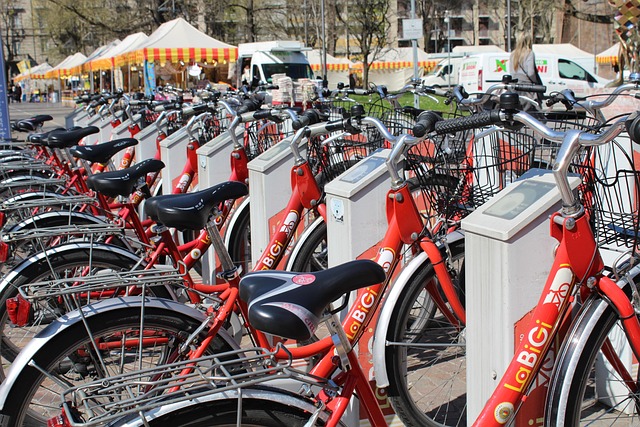Bridging the Gap for a Greener Tomorrow
In today’s rapidly evolving world, the push towards environmentally friendly transportation systems is more than just a trend—it’s a necessary movement aimed at preserving our planet for future generations. Yet, despite the abundance of innovative solutions, a critical challenge remains: integrating these diverse modes of transportation into a seamless, efficient, and sustainable network.
The Complexity of Integration
Imagine a city where electric buses, bike-sharing programs, pedestrian-friendly pathways, and renewable-powered trains coalesce effortlessly. This vision highlights the essence of integration—a harmonious system where each element complements the others, bridging gaps rather than existing as isolated pockets of sustainability. Achieving this requires not only technology but also thoughtful urban planning and policy frameworks that prioritize accessibility and environmental impact.
Why Integration Matters
Environmental benefits multiply when transportation systems work together rather than in silos. When communities have easy access to multiple green options, reliance on fossil-fuel-dependent vehicles diminishes. Moreover, integrated systems can enhance convenience, encouraging more people to adopt these eco-friendly alternatives. The psychological comfort of a smooth transition between transportation modes can’t be overstated; it fosters user trust and commitment to sustainable travel habits.
Steps Toward Harmonization
- Collaborative Planning: Stakeholders—from city planners to environmentalists—must collaborate to ensure that infrastructure supports a variety of eco-friendly modes.
- Technological Innovation: Implementing smart technologies such as real-time data tracking and unified payment systems simplifies user experiences.
- Community Engagement: Listening to and involving residents help tailor transportation solutions that are both effective and widely embraced.
- Policy Incentives: Government policies that encourage green transportation investments and discourage pollution-intensive options can accelerate integration.
Embracing a Shared Responsibility
At its core, the journey toward harmonizing environmentally friendly transportation systems invites all of us to rethink how we move through our world. It’s about recognizing that sustainable mobility isn’t just an infrastructure project but a collective commitment. Together, through integration and innovation, we can chart a path toward cleaner air, quieter streets, and healthier communities.




